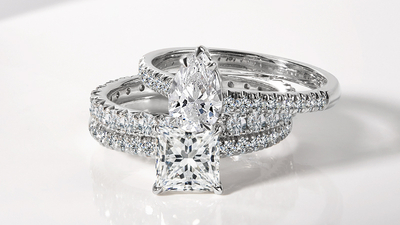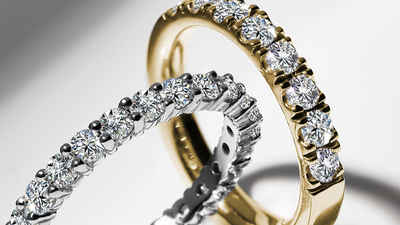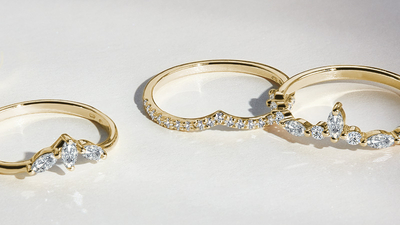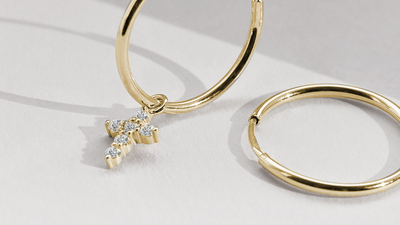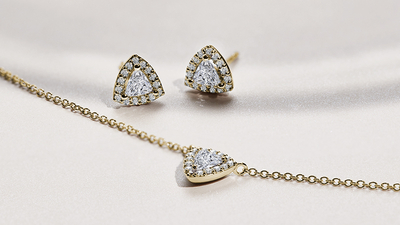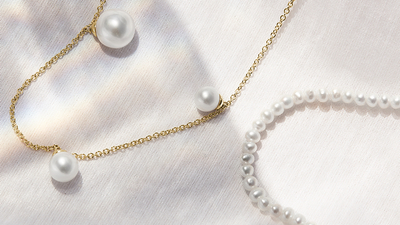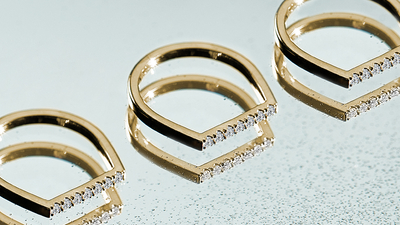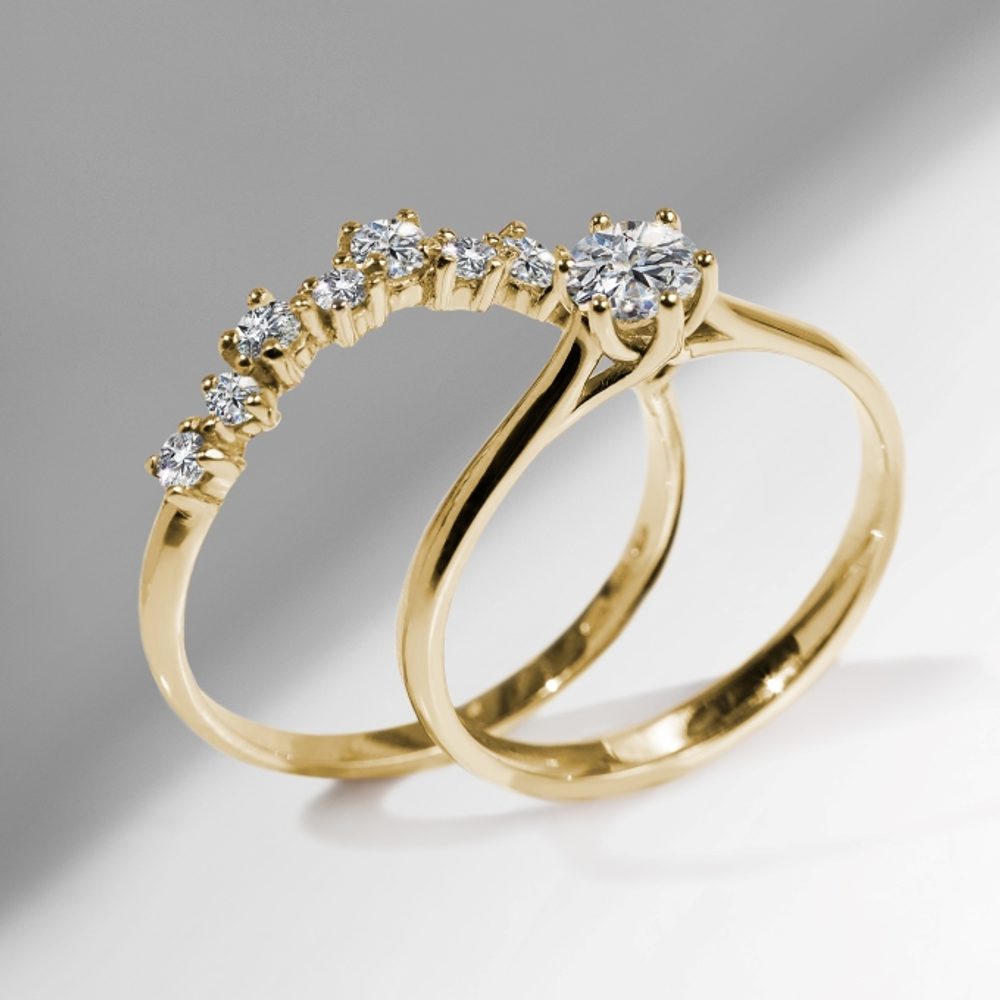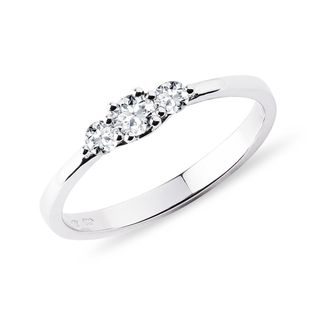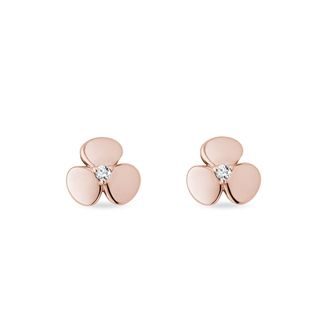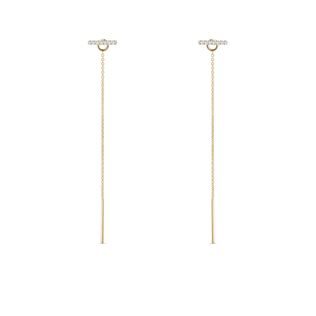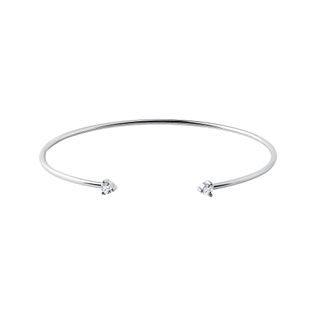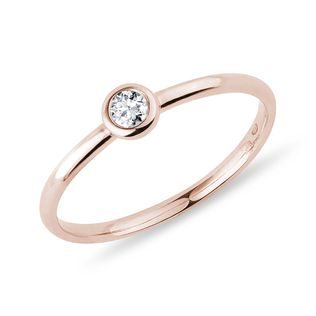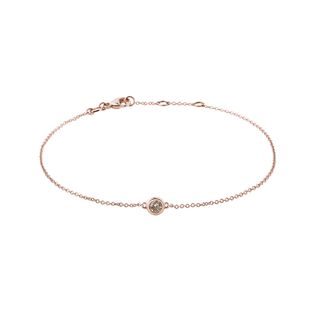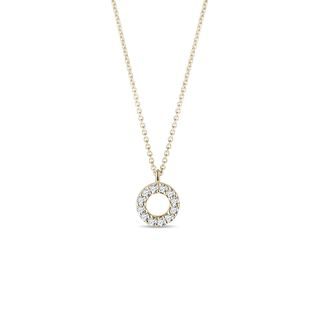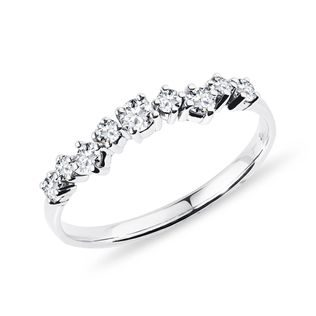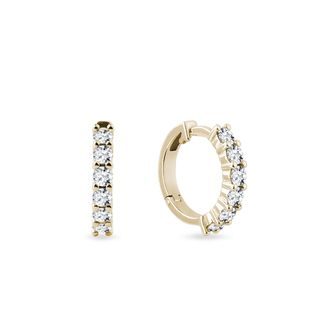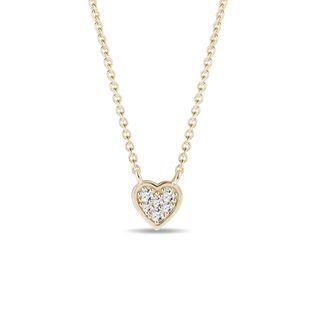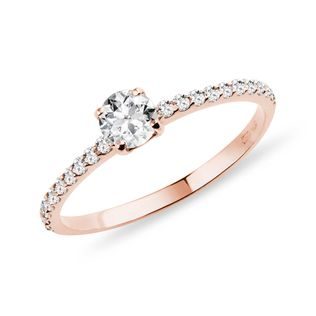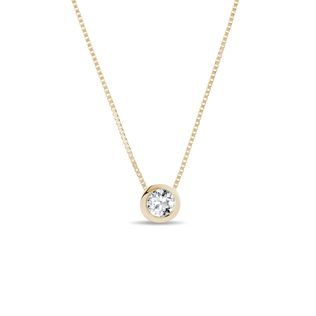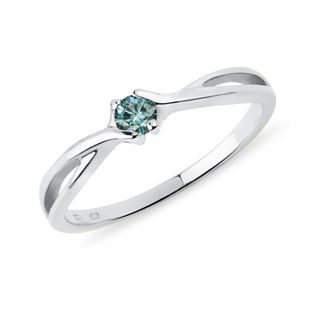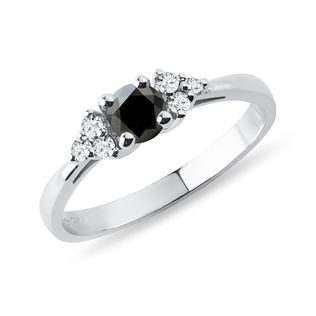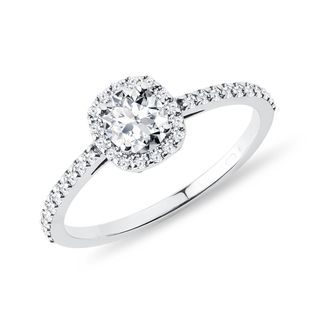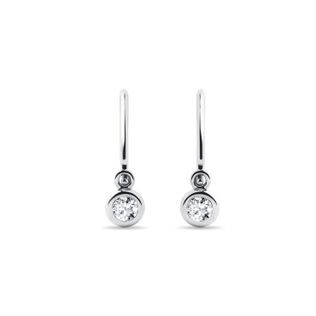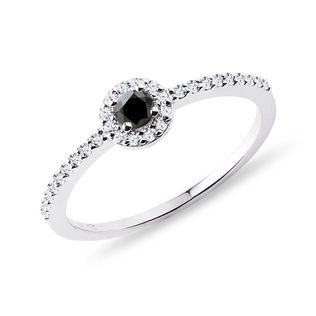The diamond is a miracle of nature and the hardest mineral in the world. It is 58 times harder than any other natural substance. Even still, people have succeeded in taming it and have learned how to reveal its brilliant glow. Since then the diamond has been an indispensable part of the most beautiful jewelry ever made.
Beauty that shines forever
Thanks to their unique features, diamonds maintain a beautiful look with minimal care, and their shimmering sparkle never fades away, no matter how many decades pass. They are resistant to mechanical and chemical damage, and they can endure extremely high temperatures. All of this makes them an ideal stone for jewelry. Combining diamonds with gold makes the perfect pair for jewelry and gives the jewel a true immortality.
At the turn of the 14th and 15th century, the Belgian Lodewijck van Bercken discovered a way shape a rough diamond - with another diamond. Cutting the diamond creates a glittering masterpiece.
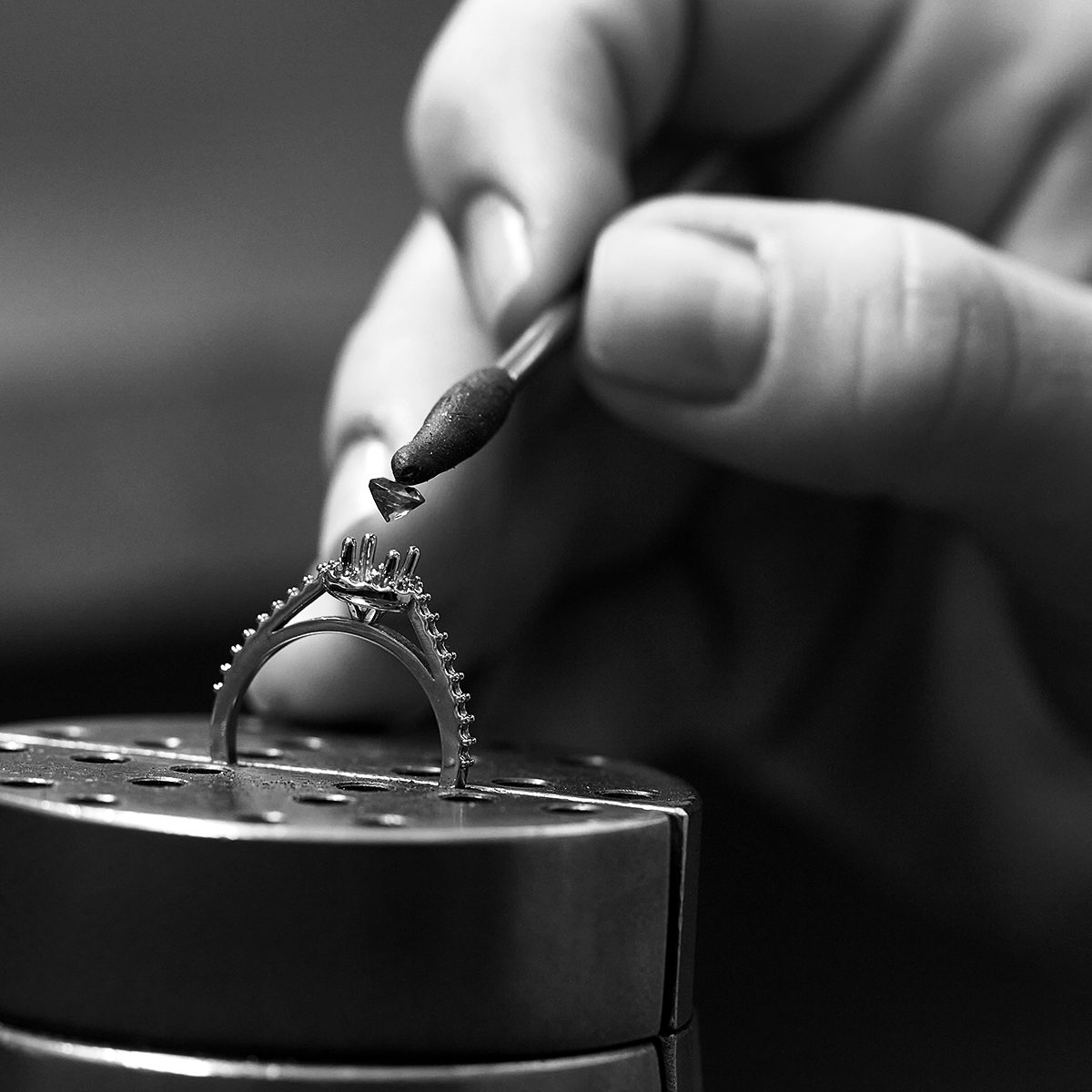 |
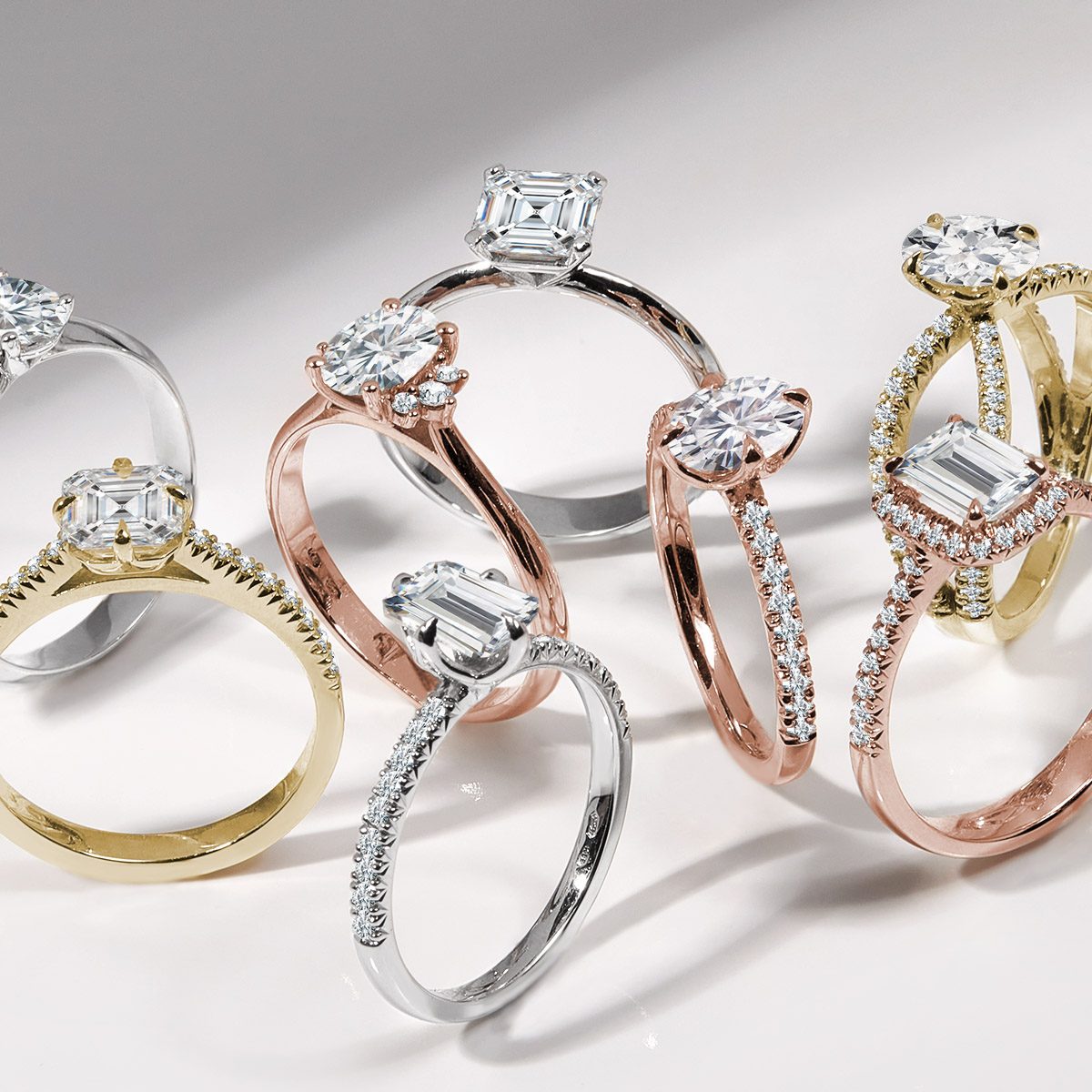 |
A gift for every occasion
The universal beauty of diamonds suits everyone, regardless of age or style. Their clear, pure look goes well with golds of all colors and with other gems. Truly a timeless elegance you can wear every day... If you are looking for the perfect gift, we recommend simple diamond earrings, a luxurious ring, fine studs, or a pendant.
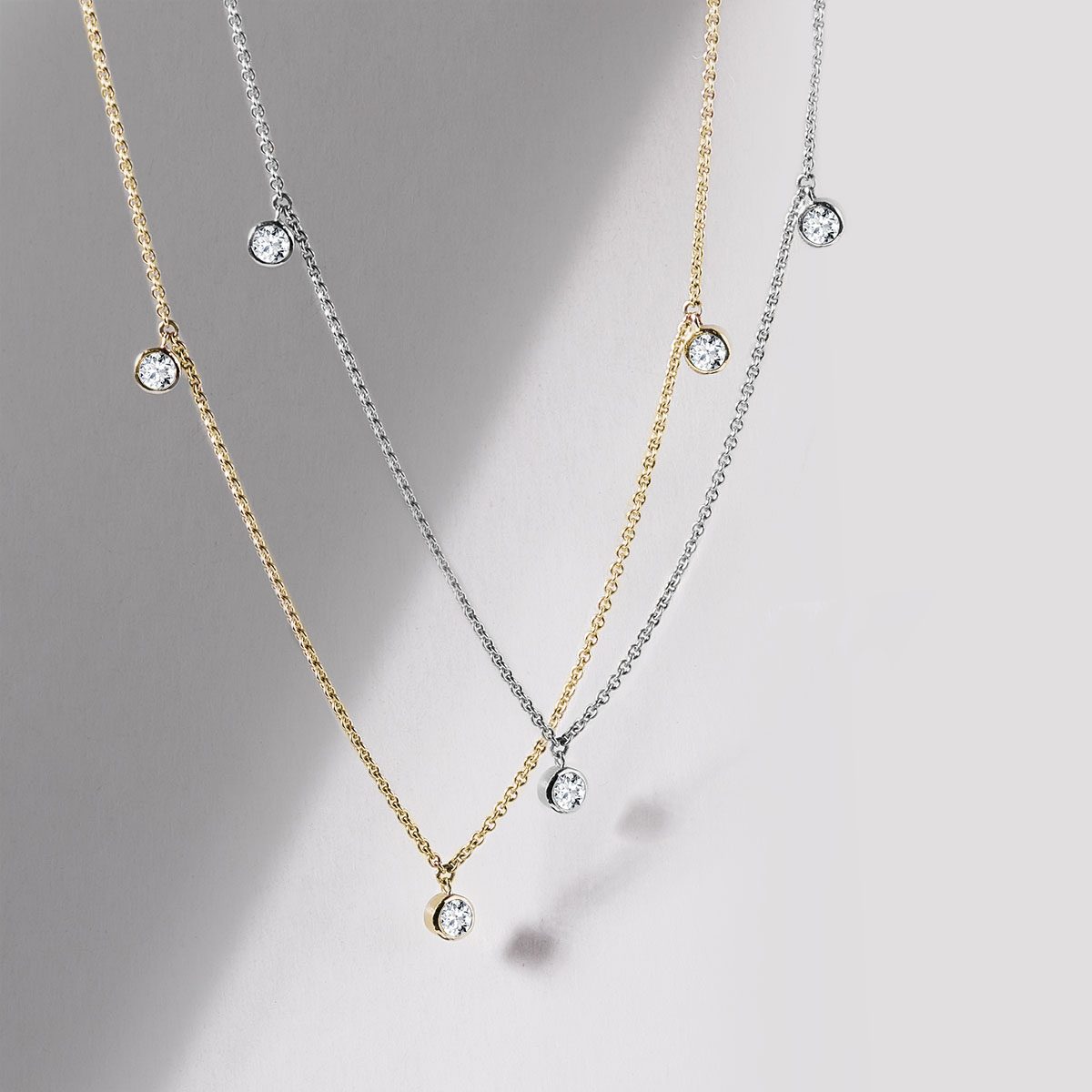
A lifelong love
Fashion trends are constantly coming and going in endless cycles, but diamonds have always been timeless. They never go out of fashion, and as for engagement and wedding rings, diamonds remain the best choice. The perfect engagement ring has looked the same for centuries: exquisite design, flawless gold, and one distinctive solitaire brilliant.
Diamonds have found their elemental place in wedding rings, as well, and in combination with gold or platinum they’ve become the perfect symbol of eternal love.
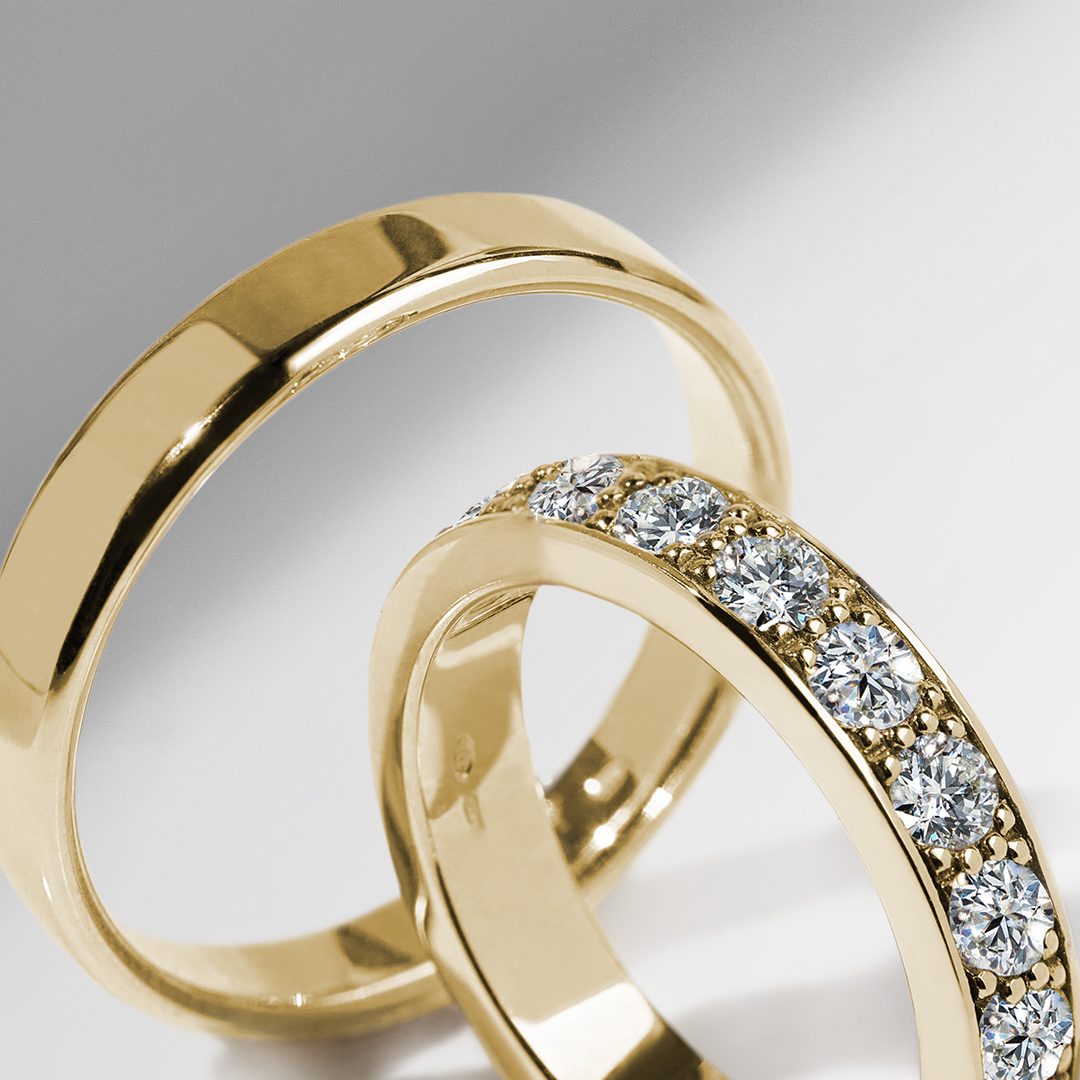 |
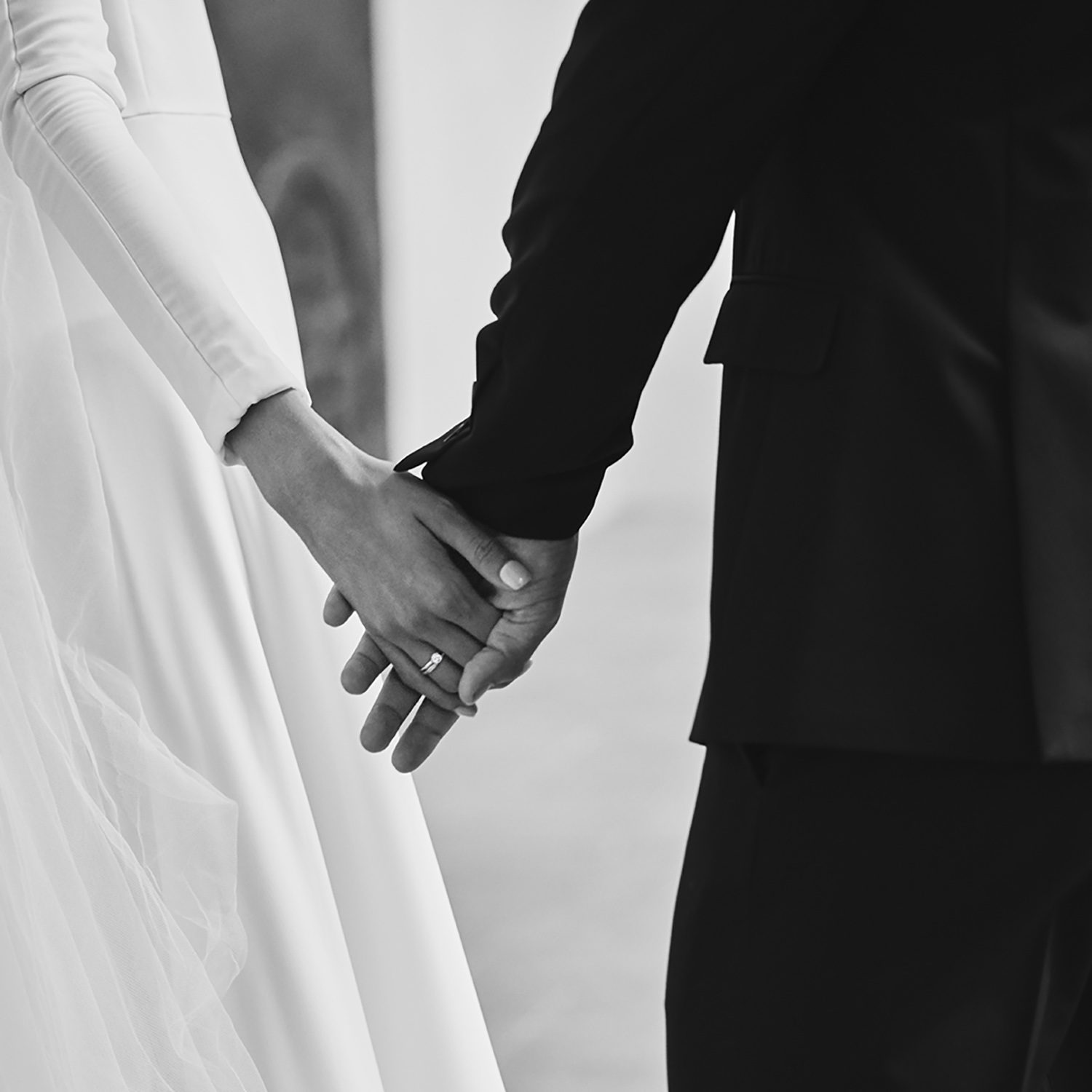 |
Do you know the difference between a diamond and a brilliant? A diamond is a mineral--a gem. A brilliant (from the French word "brilliant," meaning “bright, shining”) is a diamond cut in a very special way: it has a total of 57 facets - a table (a large facet in the middle), 32 facets on the crown (top), and 24 facets on the pavilion (the bottom part of the diamond, ending at the apex).
A touch of luxury
Diamonds have adorned the most important jewelry in history: crown jewels, heritages of prominent dynasties, family jewels handed down from generation to generation, and more. They symbolize wealth and luxury. We buy them for their beauty, but we also appreciate them as a good investment. The value of diamonds has grown regularly by 5 to 10% each year and has dropped only twice in the past 100 years.
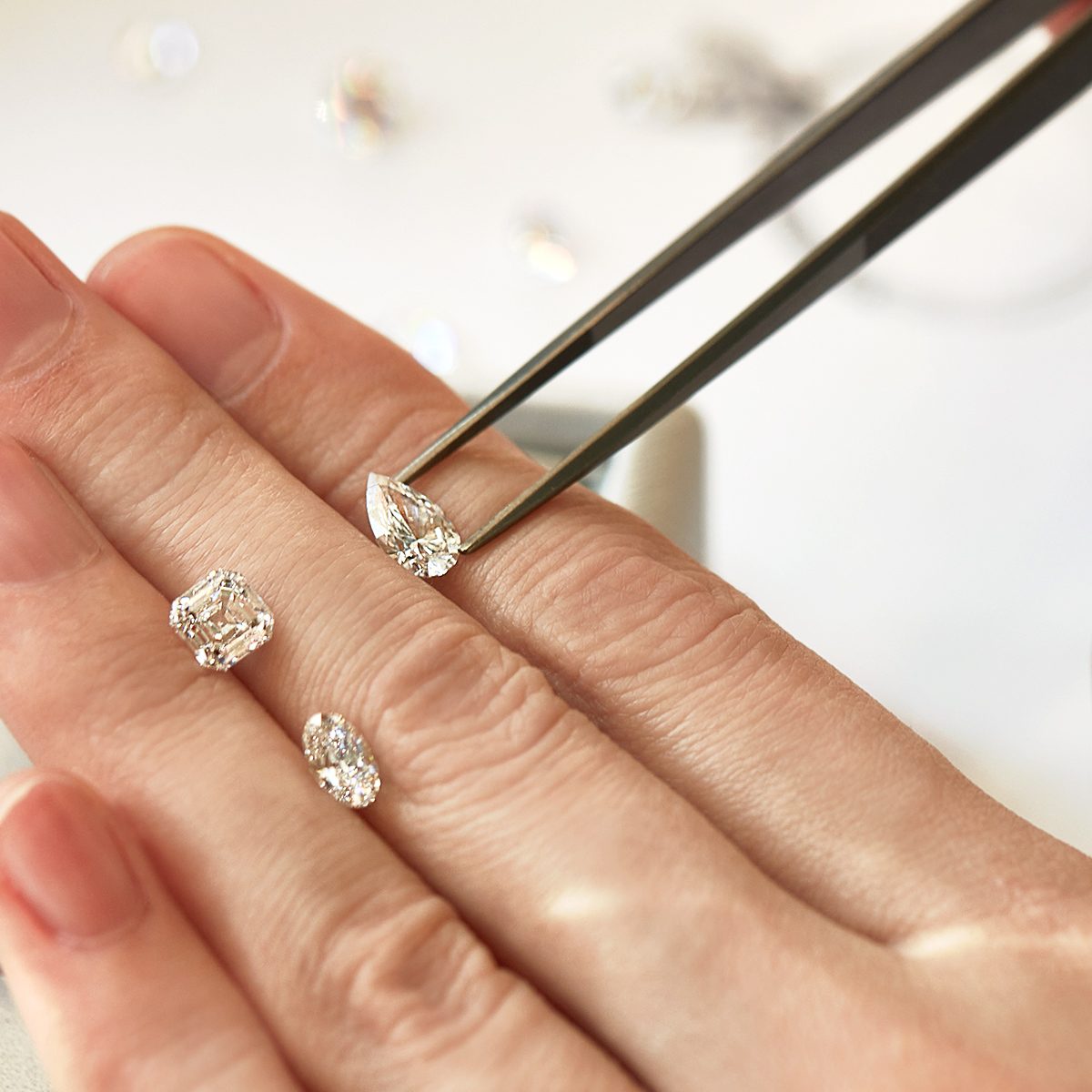
A unique palette of colors
The diamond is one of the few gemstones that can naturally be found in all different color shades and combinations, most often in a range from white to yellow.
Did you know that only one in 10 thousand diamonds is colored? These diamonds are also called "fancy".
- Yellow diamonds are the most common hues, after colorless. They can reach high degrees of saturation, and they have a distinctive and unique look.
- Brown diamonds are also among the most common. In the past, the Romans used them for jewelry. Nowadays, the so-called champagne shades - light brown with a gentle yellow touch - are quite popular.
- The black diamond belongs to the most popular color variations. In particular, the combination of white and black diamonds creates exceptional, unique jewelry.
- Blue diamonds are extremely rare. Their color is not as deep as that of sapphires--rather, it’s a light blue shade with a slight gray, green, or violet tone.
- Red or reddish diamonds are very rare and highly valued: the darker the shade, the higher the value of the stone. Their appearance varies in different lights.
- Pink diamonds are one of the most precious in the world, and their value can be up to twenty times higher than the value of white diamonds.
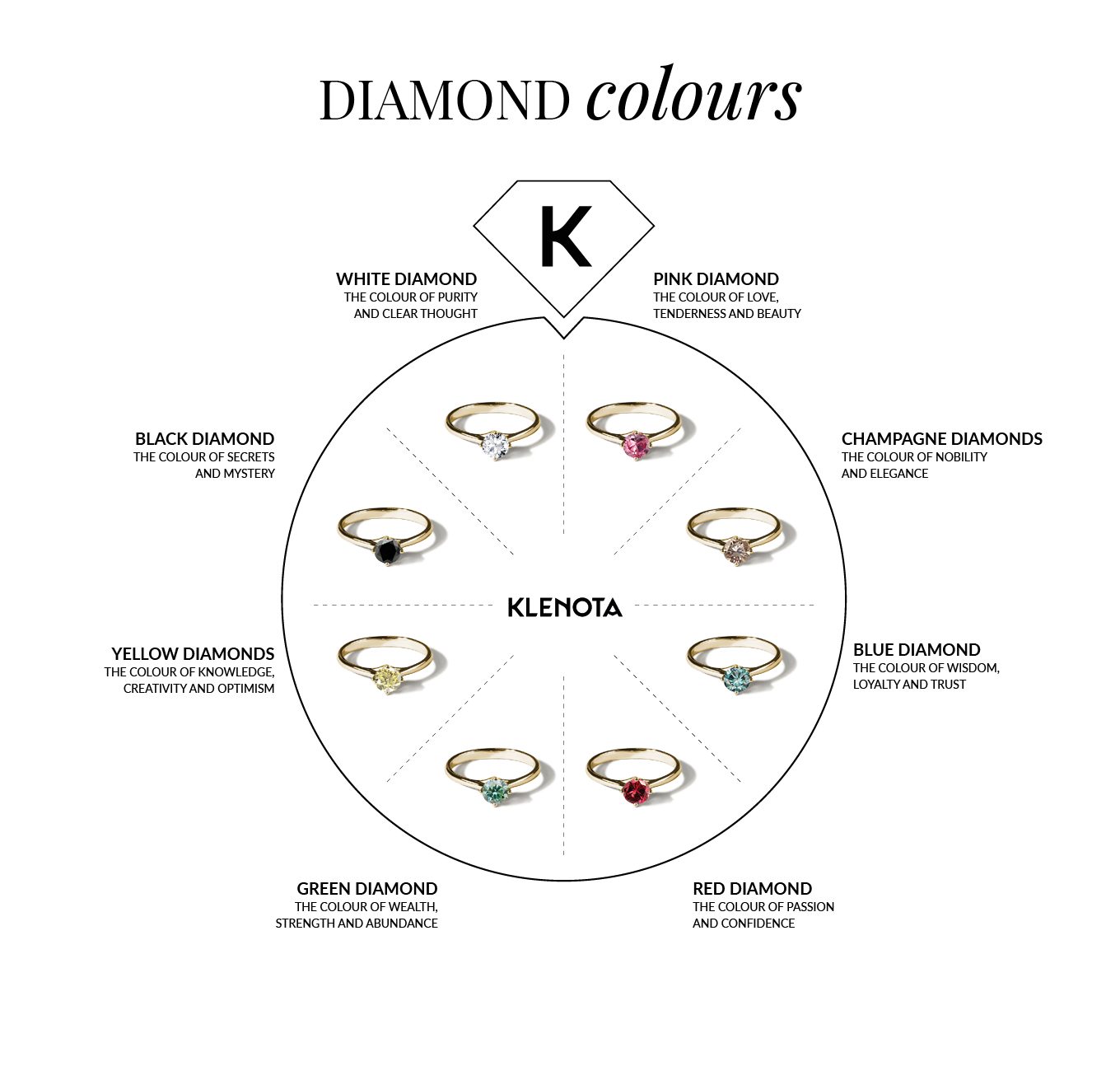
Naturally colored diamonds are mostly pale and muted. Therefore, they are often colored artificially. Such diamonds are called "treated." KLENOTA mostly offers these treated colored diamonds. These stones maintain all the appreciated and sought-after features of diamonds - their shine, hardness, and brilliant beauty.
How are diamonds evaluated?
During the evaluation and certification of the diamond, its basic parameters are assessed, namely the 4C’s: cut, carat (weight), clarity, and color. These properties have a major impact on the price of the diamond
KLENOTA issues a certificate of authenticity with information about the materials used for each purchased jewel.
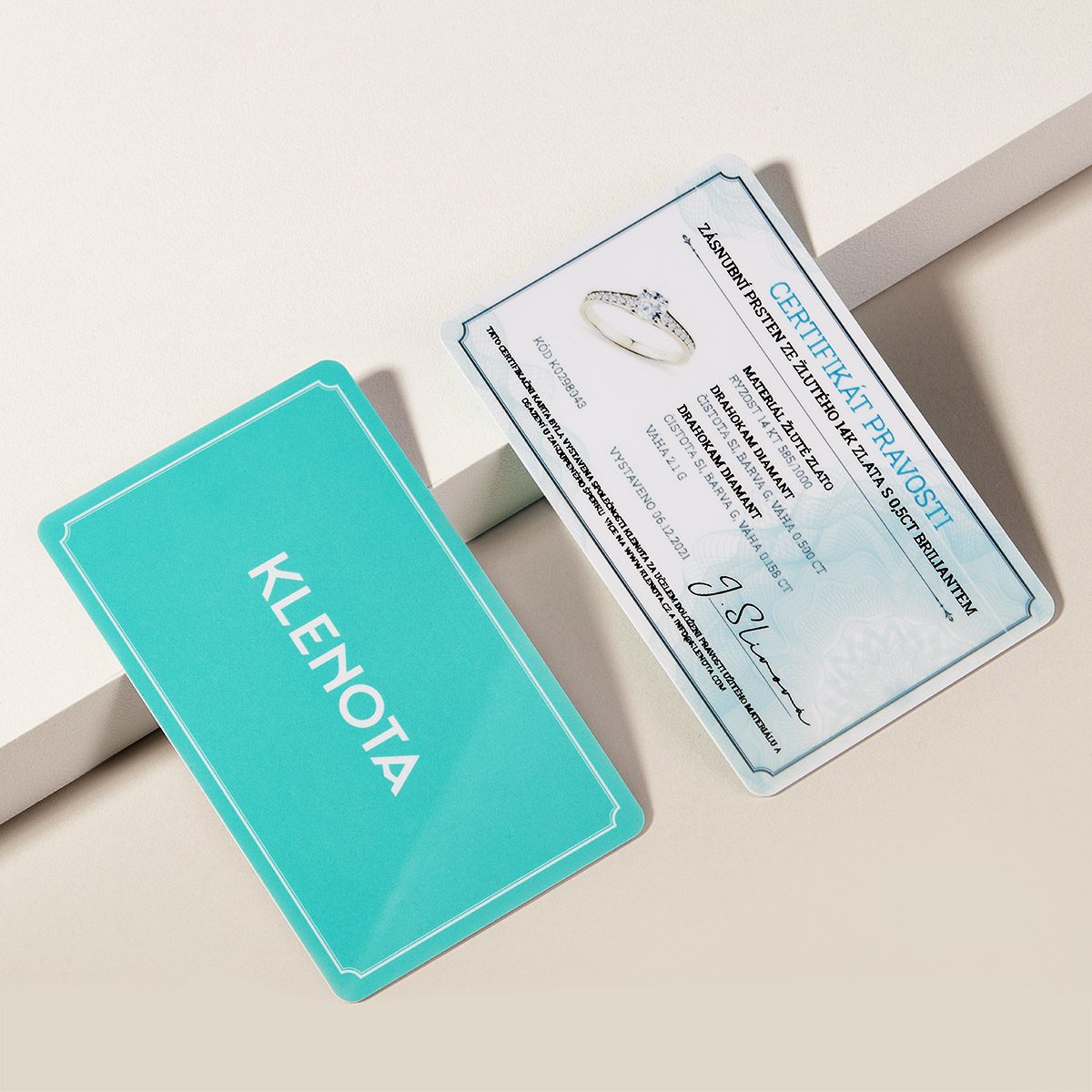 |
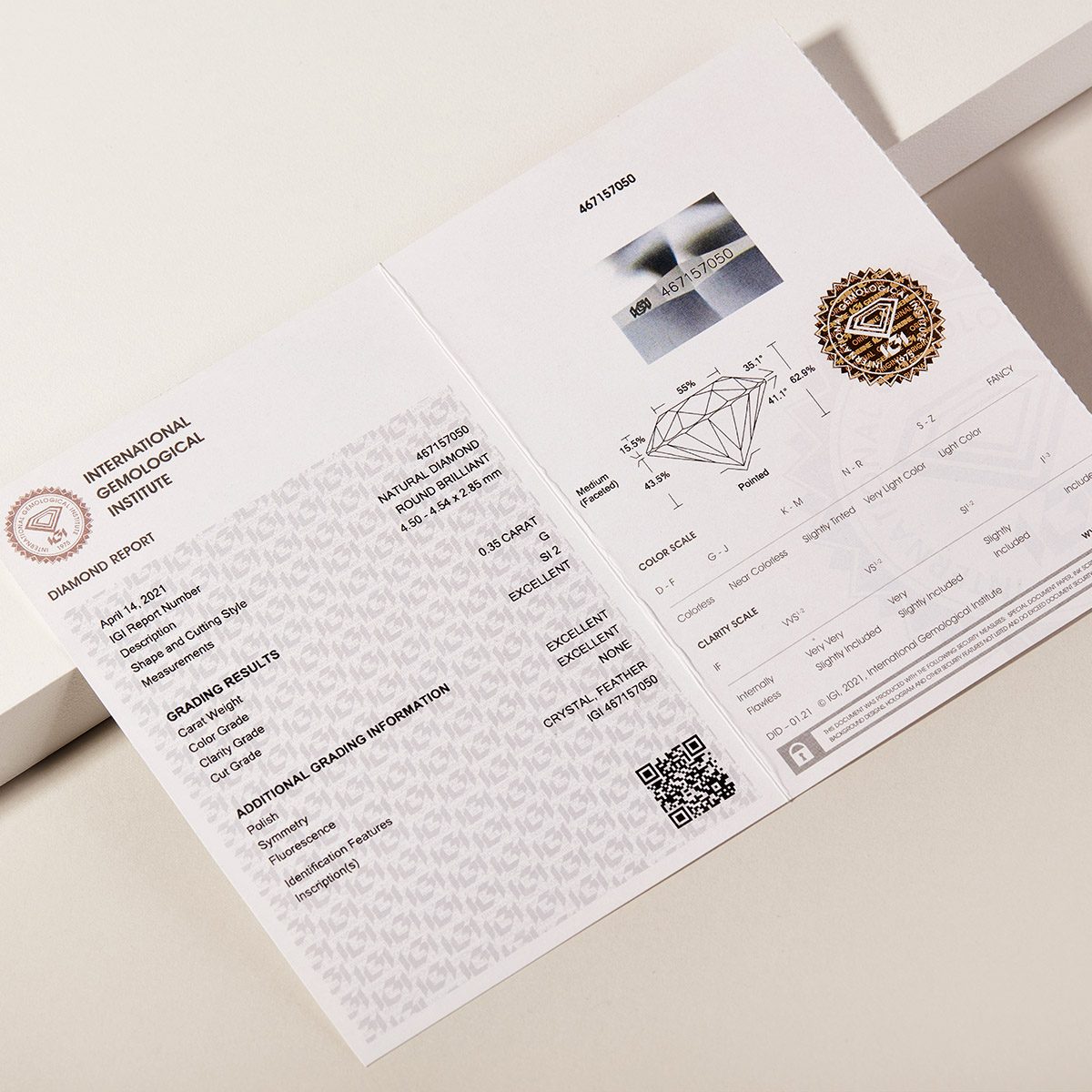 |
It is the CUT that gives a diamond its brilliant beauty. The basic, traditional, and most popular one is the round cut, also known as the brilliant cut. The best diamond cutters in the world were involved in its development. Thanks to this cut with its 57 facets, the diamond reflects up to 99% of light - it quite literally shines.
Diamonds are cut into many so-called "fancy" shapes: awning, baguette, heart, teardrop, oval, and roach or emerald brush. Nowadays, especially when choosing an engagement ring, the princess cut is gaining more and more popularity; it's a quadrilateral or trihedral cut with sharp, precise edges.
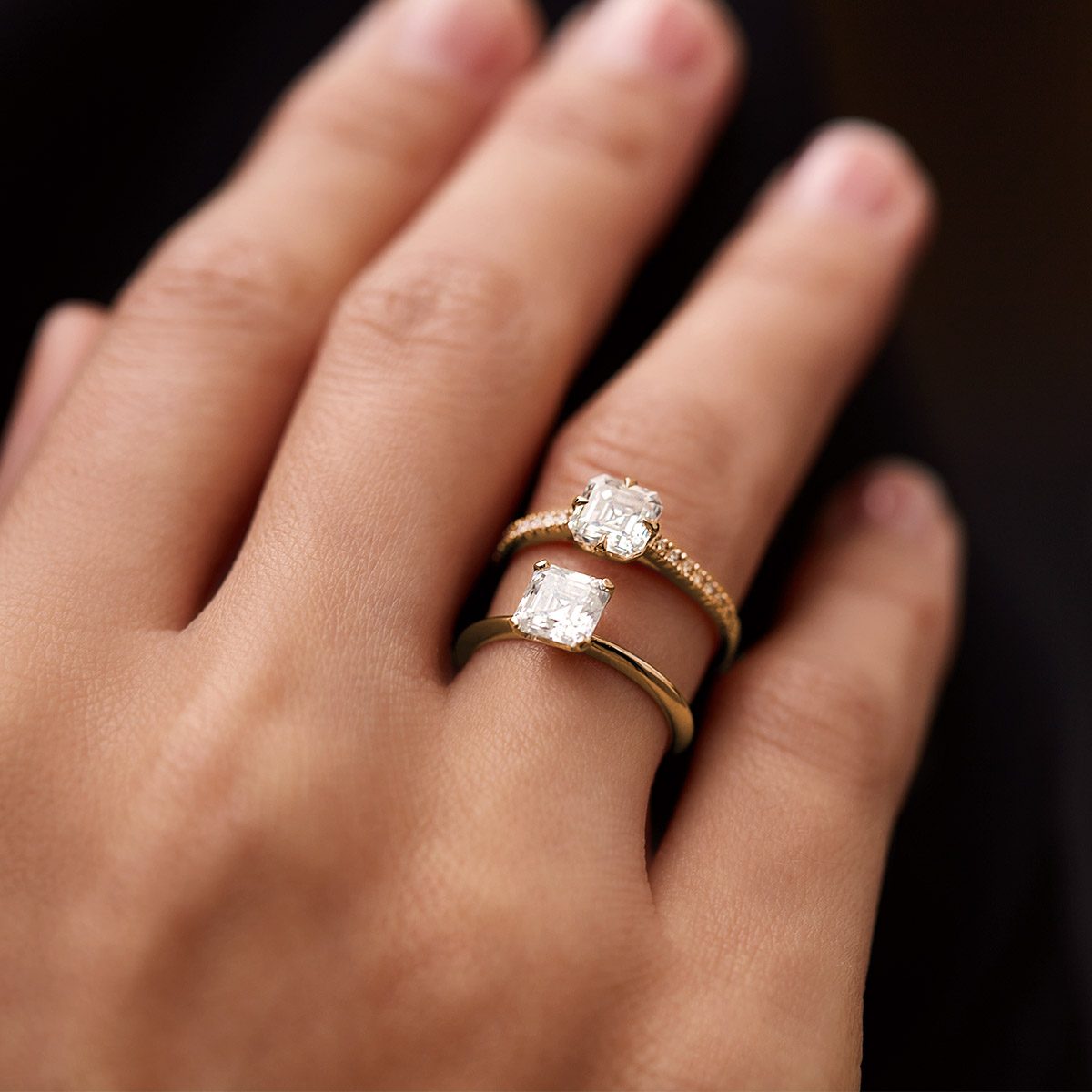
The weight of a diamond is given in CARATS (ct) to the accuracy of 2 decimal places. 1 ct = 0.2 g; 1 gram is 5 carats. Carats (ct) as the units of weight for diamonds differ from the karats (kt) that indicate the purity of gold (pure gold has a purity of 24 kt).
The CLARITY depends mainly on the amount of so-called "inclusions," or inner imperfections, in the diamond. Their size and placement determine the assignment of the stone to the appropriate class of clarity:
- IF (Internal Flawless) - a diamond with absolute transparency without inclusions,
- VVS 1, VVS 2 (Very, Very Small) - a diamond with very small inclusions,
- VS 1, VS 2 (Very Small) - a diamond with small inclusions,
- SI 1, SI 2 (Small Inclusions) - a diamond with inclusions detectable by a magnifier,
- I1, I2, I3 (Included), also “P” in some countries - a diamond with medium to larger inclusions that are visible to the naked eye.
The COLOR of white and yellow diamonds is evaluated according to the international scale:
- D to F are colorless diamonds,
- G to J are almost colorless,
- K to M are diamonds with a touch of yellow,
- N to Z are diamonds with yellow-brown coloration.
Other shades are simply called "fancy."
 |
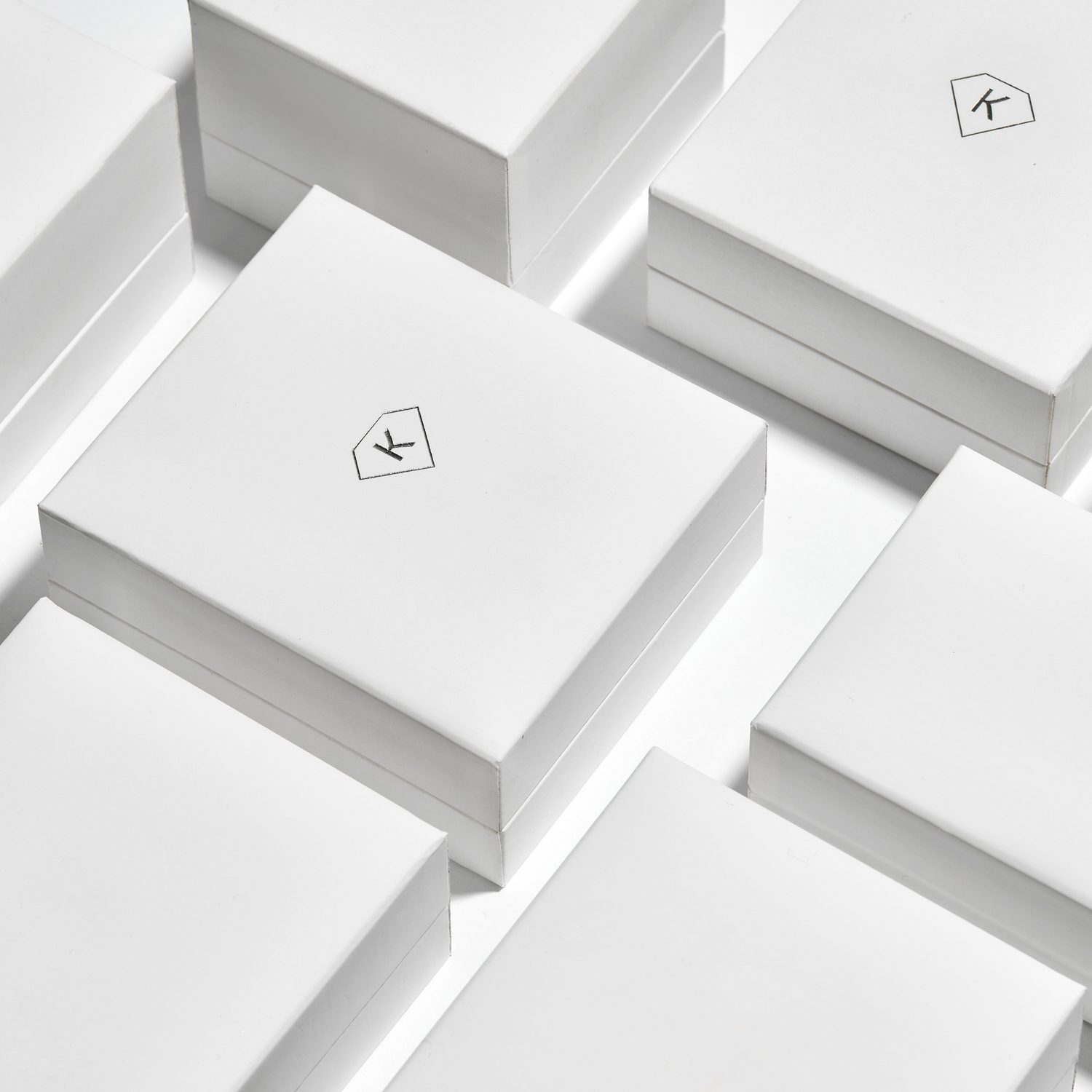 |
